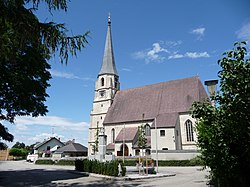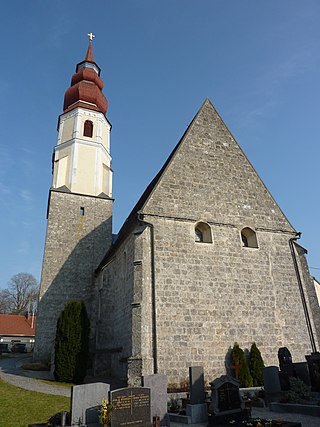
St. Veit im Innkreis is a municipality in the district of Braunau in the Austrian state of Upper Austria.
Schwand im Innkreis is a municipality in the district of Braunau am Inn in the Austrian state of Upper Austria.

Weng im Innkreis is a municipality in the district of Braunau am Inn in the Austrian state of Upper Austria.

Geinberg is a municipality in the district of Ried im Innkreis in the Austrian state of Upper Austria.
Gurten is a municipality in the district of Ried im Innkreis in the Austrian state of Upper Austria.
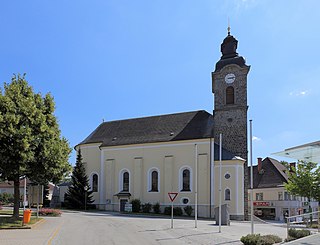
Lambrechten is a municipality in the district of Ried im Innkreis in the Austrian state of Upper Austria.

Mörschwang is a municipality in the district of Ried im Innkreis in the Austrian state of Upper Austria.

Mühlheim am Inn is a municipality in the district of Ried im Innkreis in the Austrian state of Upper Austria.
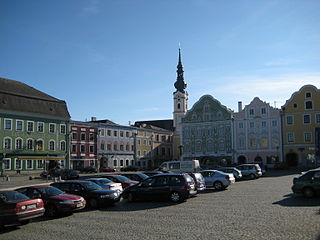
Obernberg am Inn is a municipality in the district of Ried im Innkreis in the Austrian state of Upper Austria.
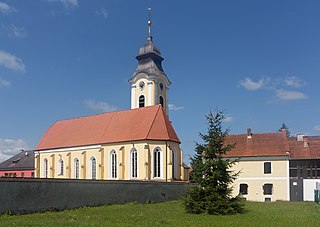
Ort im Innkreis is a municipality in the district of Ried im Innkreis in the Austrian state of Upper Austria.
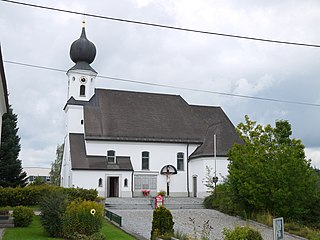
Pramet is a municipality in the district of Ried im Innkreis in the Austrian state of Upper Austria.

Reichersberg is a municipality in the district of Ried im Innkreis in the Austrian state of Upper Austria.
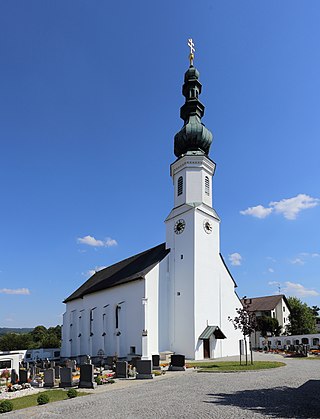
Schildorn is a municipality in the district of Ried im Innkreis in the Austrian state of Upper Austria.

Tumeltsham is a municipality in the district of Ried im Innkreis in the Austrian state of Upper Austria.

Utzenaich is a municipality in the district of Ried im Innkreis in the Austrian state of Upper Austria.
Waldzell is a municipality in the district of Ried im Innkreis in the Austrian state of Upper Austria.
Weilbach is a municipality in the district of Ried im Innkreis in the Austrian state of Upper Austria.

Wippenham is a municipality in the district of Ried im Innkreis in the Austrian state of Upper Austria.
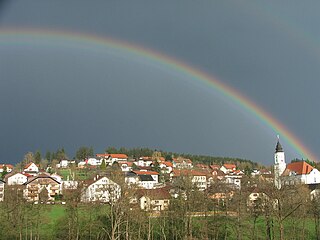
Kopfing im Innkreis is a municipality in the district of Schärding in the Austrian state of Upper Austria.

Rainbach im Innkreis is a municipality in the district of Schärding in the Austrian state of Upper Austria.
